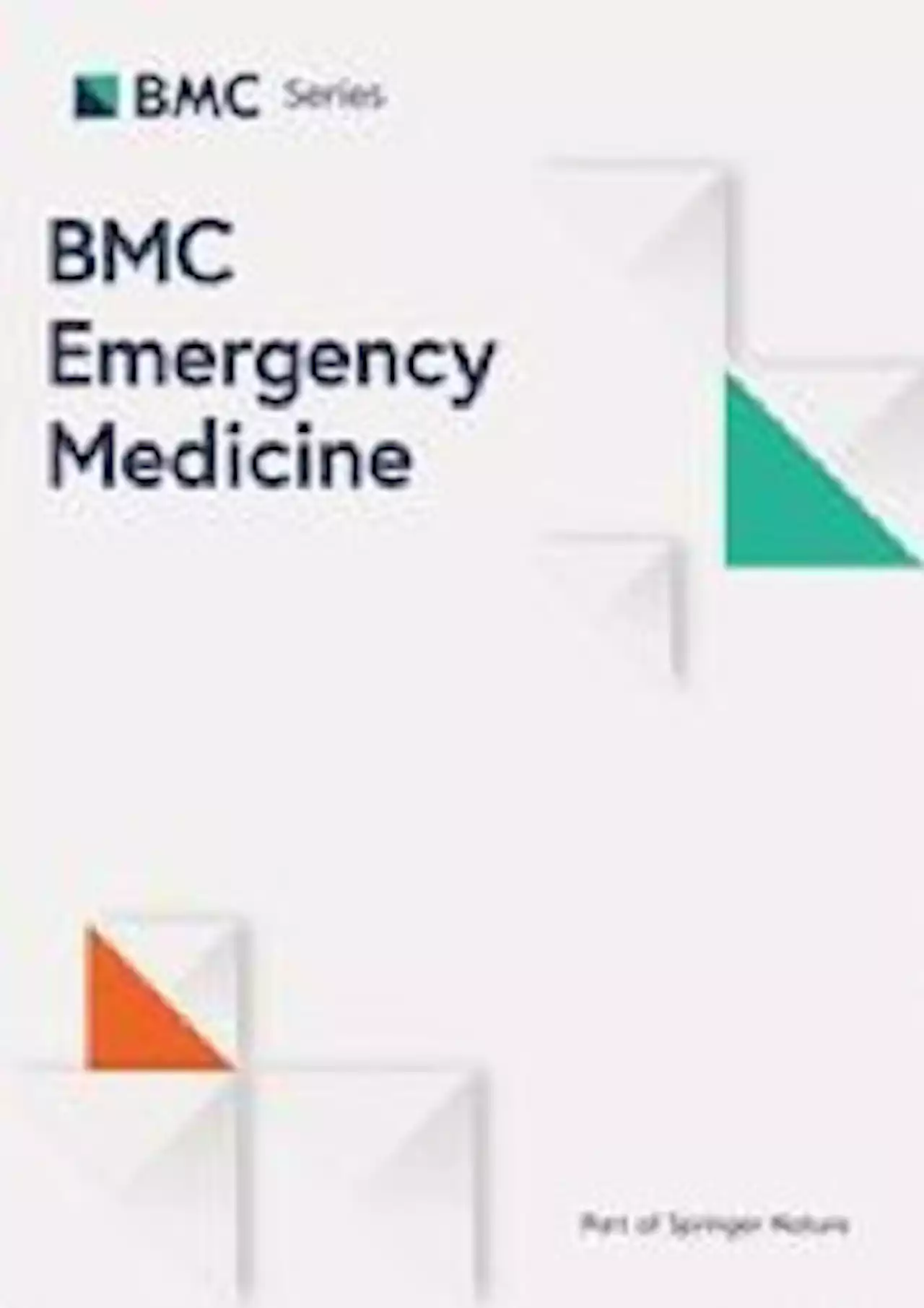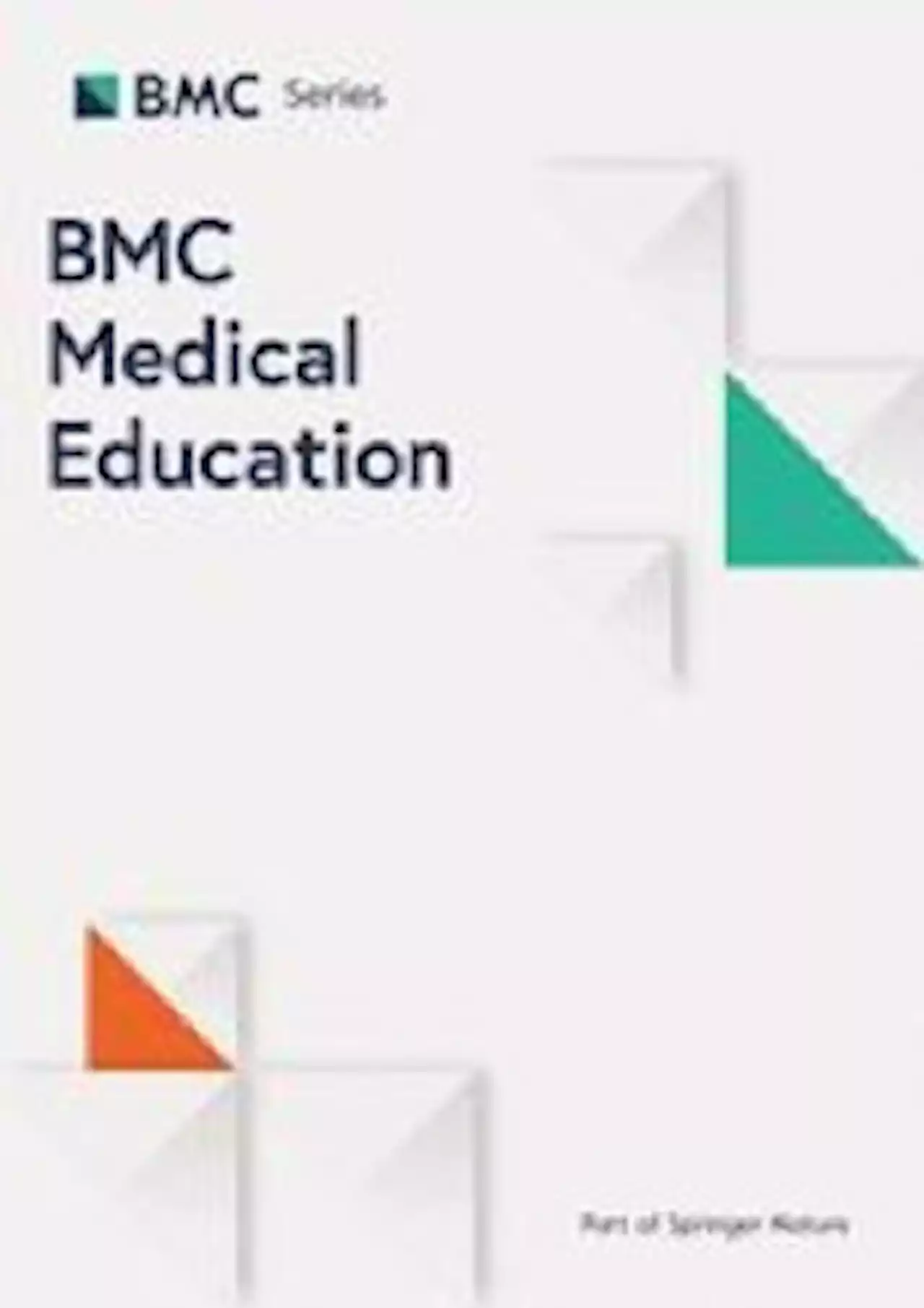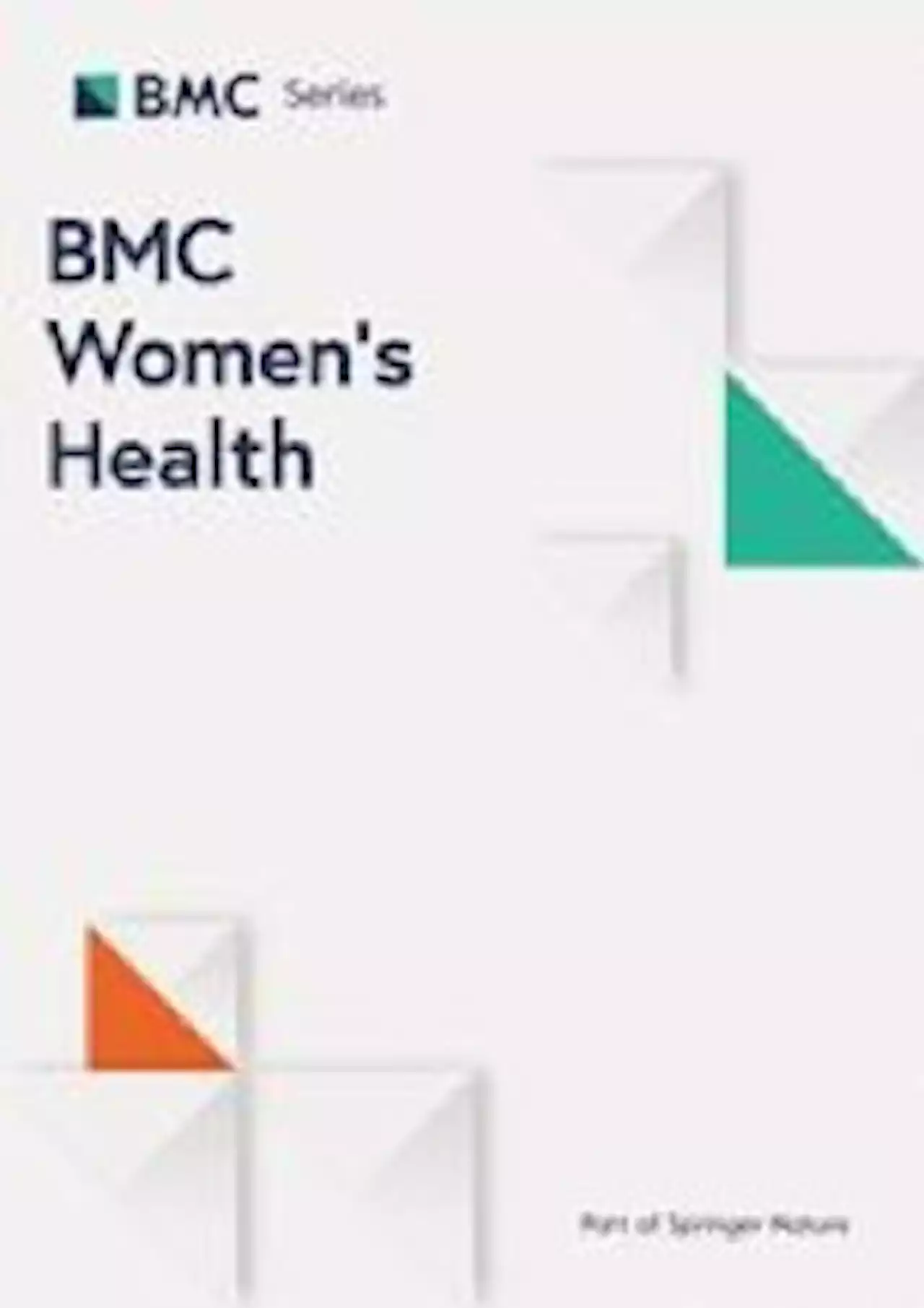Intradialytic exercise performed for at least 60 minutes during thrice weekly dialysis sessions improves survival in adult patients receiving hemodialysis, finds a study published in BMCNephrol
A systematic review and meta-analysis of 20 randomized controlled trials involving 677 participants receiving HD demonstrated that exercise training increased exercise capacity , walking capacity and both the physical and mental component scores of health-related quality of life []. However, the certainty of evidence was substantially reduced by high risks of bias, imprecision and inconsistency . Moreover, the effects of exercise on mortality in HD patients remain uncertain.
Exercises were individualized in a way that matched the level of physical fitness of participants . Aerobic exercises consisted of continuously performed specified movements, such as moving legs back and forth, shoulder abduction and adduction , flexing and extending the knee, internally and externally rotating the leg, and abducting and adducting the leg, in time with a played beatThe rhythm of continuous movements was adjusted by the beats per minute of the music.
Participants in the control group did not undertake any specific physical activity during dialysis. All participants were followed for 12 months. Secondary outcome measures included changes in serum albumin , hemoglobin , hematocrit , red blood cell count , serum calcium , serum phosphorous , and parathyroid hormone over time. Other secondary outcomes were physical function and nutritional status. These outcomes were evaluated at baseline, 3 months and 6 months.
Nigeria Latest News, Nigeria Headlines
Similar News:You can also read news stories similar to this one that we have collected from other news sources.
 BMC Roadmachine TWOReview: BMC Roadmachine TWO - Really fun, if quite stiff for an endurance bike. cycling Ride_BMC
BMC Roadmachine TWOReview: BMC Roadmachine TWO - Really fun, if quite stiff for an endurance bike. cycling Ride_BMC
Read more »
 Altered expression of anti-apoptotic protein Api5 affects breast tumorigenesis - BMC CancerBackground Apoptosis or programmed cell death plays a vital role in maintaining homeostasis and, therefore, is a tightly regulated process. Deregulation of apoptosis signalling can favour carcinogenesis. Apoptosis inhibitor 5 (Api5), an inhibitor of apoptosis, is upregulated in cancers. Interestingly, Api5 is shown to regulate both apoptosis and cell proliferation. To address the precise functional significance of Api5 in carcinogenesis here we investigate the role of Api5 in breast carcinogenesis. Methods Initially, we carried out in silico analyses using TCGA and GENT2 datasets to understand expression pattern of API5 in breast cancer patients followed by investigating the protein expression in Indian breast cancer patient samples. To investigate the functional importance of Api5 in breast carcinogenesis, we utilised MCF10A 3D breast acinar cultures and spheroid cultures of malignant breast cells with altered Api5 expression. Various phenotypic and molecular changes induced by altered Api5 expression were studied using these 3D culture models. Furthermore, in vivo tumorigenicity studies were used to confirm the importance of Api5 in breast carcinogenesis. Results In-silico analysis revealed elevated levels of Api5 transcript in breast cancer patients which correlated with poor prognosis. Overexpression of Api5 in non-tumorigenic breast acinar cultures resulted in increased proliferation and cells exhibited a partial EMT-like phenotype with higher migratory potential and disruption in cell polarity. Furthermore, during acini development, the influence of Api5 is mediated via the combined action of FGF2 activated PDK1-Akt/cMYC signalling and Ras-ERK pathways. Conversely, Api5 knock-down downregulated FGF2 signalling leading to reduced proliferation and diminished in vivo tumorigenic potential of the breast cancer cells. Conclusion Taken together, our study identifies Api5 as a central player involved in regulating multiple events during breast carcinogenesis includi
Altered expression of anti-apoptotic protein Api5 affects breast tumorigenesis - BMC CancerBackground Apoptosis or programmed cell death plays a vital role in maintaining homeostasis and, therefore, is a tightly regulated process. Deregulation of apoptosis signalling can favour carcinogenesis. Apoptosis inhibitor 5 (Api5), an inhibitor of apoptosis, is upregulated in cancers. Interestingly, Api5 is shown to regulate both apoptosis and cell proliferation. To address the precise functional significance of Api5 in carcinogenesis here we investigate the role of Api5 in breast carcinogenesis. Methods Initially, we carried out in silico analyses using TCGA and GENT2 datasets to understand expression pattern of API5 in breast cancer patients followed by investigating the protein expression in Indian breast cancer patient samples. To investigate the functional importance of Api5 in breast carcinogenesis, we utilised MCF10A 3D breast acinar cultures and spheroid cultures of malignant breast cells with altered Api5 expression. Various phenotypic and molecular changes induced by altered Api5 expression were studied using these 3D culture models. Furthermore, in vivo tumorigenicity studies were used to confirm the importance of Api5 in breast carcinogenesis. Results In-silico analysis revealed elevated levels of Api5 transcript in breast cancer patients which correlated with poor prognosis. Overexpression of Api5 in non-tumorigenic breast acinar cultures resulted in increased proliferation and cells exhibited a partial EMT-like phenotype with higher migratory potential and disruption in cell polarity. Furthermore, during acini development, the influence of Api5 is mediated via the combined action of FGF2 activated PDK1-Akt/cMYC signalling and Ras-ERK pathways. Conversely, Api5 knock-down downregulated FGF2 signalling leading to reduced proliferation and diminished in vivo tumorigenic potential of the breast cancer cells. Conclusion Taken together, our study identifies Api5 as a central player involved in regulating multiple events during breast carcinogenesis includi
Read more »
 Myocardial injury defined as elevated high-sensitivity cardiac troponin T is associated with higher mortality in patients seeking care at emergency departments with acute dyspnea - BMC Emergency MedicineBackground Elevated levels of cardiac troponin T has been observed in patients seeking care at the emergency department (ED) presenting with chest pain but without myocardial infarction (MI). The clinical importance of this observation remains, however, still unclear. Our main aim was to study the role of cardiac troponin T in patients admitted to the emergency department with acute dyspnea, a group of patients with a high cardiovascular comorbidity, but no primary acute MI. Population and methods Patients from the age of 18 seeking care at the ED for dyspnea, without an acute cardiac syndrome, and with a recorded assessment of high-sensitivity cardiac troponin T (hs-cTnT), were included (n = 1001). Patients were categorized into 3 groups by hs-cTnT level, i.e. 100 µg/l. Cox regression with Hazard Ratios (HRs) and 95% Confidence Intervals (CI) for 3-months mortality was performed, with adjustment for sex, age, respiratory frequency, saturation, CHF, renal disease, and BMI. Results Fully adjusted HRs (95% CI) for 3-month mortality, with hs-cTnT 100 a HR of 10.523 (4.465–24.803). Conclusion Elevated hs-cTnT seems to be a relevant marker of poor prognosis in patients with acute dyspnea without MI and warrants further validation and clinical testing.
Myocardial injury defined as elevated high-sensitivity cardiac troponin T is associated with higher mortality in patients seeking care at emergency departments with acute dyspnea - BMC Emergency MedicineBackground Elevated levels of cardiac troponin T has been observed in patients seeking care at the emergency department (ED) presenting with chest pain but without myocardial infarction (MI). The clinical importance of this observation remains, however, still unclear. Our main aim was to study the role of cardiac troponin T in patients admitted to the emergency department with acute dyspnea, a group of patients with a high cardiovascular comorbidity, but no primary acute MI. Population and methods Patients from the age of 18 seeking care at the ED for dyspnea, without an acute cardiac syndrome, and with a recorded assessment of high-sensitivity cardiac troponin T (hs-cTnT), were included (n = 1001). Patients were categorized into 3 groups by hs-cTnT level, i.e. 100 µg/l. Cox regression with Hazard Ratios (HRs) and 95% Confidence Intervals (CI) for 3-months mortality was performed, with adjustment for sex, age, respiratory frequency, saturation, CHF, renal disease, and BMI. Results Fully adjusted HRs (95% CI) for 3-month mortality, with hs-cTnT 100 a HR of 10.523 (4.465–24.803). Conclusion Elevated hs-cTnT seems to be a relevant marker of poor prognosis in patients with acute dyspnea without MI and warrants further validation and clinical testing.
Read more »
 Why might medical student empathy change throughout medical school? a systematic review and thematic synthesis of qualitative studies - BMC Medical EducationBackground Several studies suggest that medical student empathy declines throughout medical school. However, no studies have synthesised the evidence regarding why empathy declines. Objective To conduct a systematic review and thematic synthesis of qualitative studies investigating why student empathy may change throughout medical school. Methods We included any qualitative study that investigated why empathy might change during medical school. We searched the Medline, Scopus, CINAHL, ERIC, and APA PsycInfo databases for relevant studies. All databases were searched from their inception to 18 July 2022. We also searched the reference lists of the included studies and contacted experts to identify additional studies. We used the Joanna Briggs Institute tool to evaluate the risk of bias in the included studies. Overall confidence in our results was assessed using the Confidence in the Evidence from Reviews of Qualitative research (CERQual) approach. We used thematic methods to synthesise our findings. Results Our searches yielded 2523 records, and 16 studies involving a total of 771 students were eligible for analysis. Most studies (n = 11) were from Europe or North America. The descriptive themes and sub-themes were identified for each study. Increased complexity in patients and their diseases, together with the ‘hidden curriculum’ (including a stressful workload, prioritisation of biomedical knowledge, and (sometimes) poor role models), led to student adaptations, such as cynicism and desensitisation. Students’ prior lives and professional experiences appeared to exacerbate the decline in empathy. However, there were bias concerns for most of the included studies. Discussion Many of the included studies included were small, and some did not include demographic participant data. Given the likely benefits of providing empathic care for patients and practitioners, medical education interventions should focus on developing an ‘empathic hidden curriculum’ that mitigates
Why might medical student empathy change throughout medical school? a systematic review and thematic synthesis of qualitative studies - BMC Medical EducationBackground Several studies suggest that medical student empathy declines throughout medical school. However, no studies have synthesised the evidence regarding why empathy declines. Objective To conduct a systematic review and thematic synthesis of qualitative studies investigating why student empathy may change throughout medical school. Methods We included any qualitative study that investigated why empathy might change during medical school. We searched the Medline, Scopus, CINAHL, ERIC, and APA PsycInfo databases for relevant studies. All databases were searched from their inception to 18 July 2022. We also searched the reference lists of the included studies and contacted experts to identify additional studies. We used the Joanna Briggs Institute tool to evaluate the risk of bias in the included studies. Overall confidence in our results was assessed using the Confidence in the Evidence from Reviews of Qualitative research (CERQual) approach. We used thematic methods to synthesise our findings. Results Our searches yielded 2523 records, and 16 studies involving a total of 771 students were eligible for analysis. Most studies (n = 11) were from Europe or North America. The descriptive themes and sub-themes were identified for each study. Increased complexity in patients and their diseases, together with the ‘hidden curriculum’ (including a stressful workload, prioritisation of biomedical knowledge, and (sometimes) poor role models), led to student adaptations, such as cynicism and desensitisation. Students’ prior lives and professional experiences appeared to exacerbate the decline in empathy. However, there were bias concerns for most of the included studies. Discussion Many of the included studies included were small, and some did not include demographic participant data. Given the likely benefits of providing empathic care for patients and practitioners, medical education interventions should focus on developing an ‘empathic hidden curriculum’ that mitigates
Read more »
 Diabetes and anti-diabetic interventions and the risk of gynaecological and obstetric morbidity: an umbrella review of the literature - BMC MedicineBackground Diabetes has reached epidemic proportions in recent years with serious health ramifications. The aim of this study was to evaluate the strength and validity of associations between diabetes and anti-diabetic interventions and the risk of any type of gynaecological or obstetric conditions. Methods Design: Umbrella review of systematic reviews and meta-analyses. Data sources: PubMed, Medline, Embase, Cochrane Database of Systematic Reviews, manual screening of references. Eligibility criteria: Systematic reviews and meta-analyses of observational and interventional studies investigating the relationship between diabetes and anti-diabetic interventions with gynaecological or obstetric outcomes. Meta-analyses that did not include complete data from individual studies, such as relative risk, 95% confidence intervals, number of cases/controls, or total population were excluded. Data analysis: The evidence from meta-analyses of observational studies was graded as strong, highly suggestive, suggestive or weak according to criteria comprising the random effects estimate of meta-analyses and their largest study, the number of cases, 95% prediction intervals, I2 heterogeneity index between studies, excess significance bias, small study effect and sensitivity analysis using credibility ceilings. Interventional meta-analyses of randomised controlled trials were assessed separately based on the statistical significance of reported associations, the risk of bias and quality of evidence (GRADE) of included meta-analyses. Results A total of 117 meta-analyses of observational cohort studies and 200 meta-analyses of randomised clinical trials that evaluated 317 outcomes were included. Strong or highly suggestive evidence only supported a positive association between gestational diabetes and caesarean section, large for gestational age babies, major congenital malformations and heart defects and an inverse relationship between metformin use and ovarian cancer incidence. Only
Diabetes and anti-diabetic interventions and the risk of gynaecological and obstetric morbidity: an umbrella review of the literature - BMC MedicineBackground Diabetes has reached epidemic proportions in recent years with serious health ramifications. The aim of this study was to evaluate the strength and validity of associations between diabetes and anti-diabetic interventions and the risk of any type of gynaecological or obstetric conditions. Methods Design: Umbrella review of systematic reviews and meta-analyses. Data sources: PubMed, Medline, Embase, Cochrane Database of Systematic Reviews, manual screening of references. Eligibility criteria: Systematic reviews and meta-analyses of observational and interventional studies investigating the relationship between diabetes and anti-diabetic interventions with gynaecological or obstetric outcomes. Meta-analyses that did not include complete data from individual studies, such as relative risk, 95% confidence intervals, number of cases/controls, or total population were excluded. Data analysis: The evidence from meta-analyses of observational studies was graded as strong, highly suggestive, suggestive or weak according to criteria comprising the random effects estimate of meta-analyses and their largest study, the number of cases, 95% prediction intervals, I2 heterogeneity index between studies, excess significance bias, small study effect and sensitivity analysis using credibility ceilings. Interventional meta-analyses of randomised controlled trials were assessed separately based on the statistical significance of reported associations, the risk of bias and quality of evidence (GRADE) of included meta-analyses. Results A total of 117 meta-analyses of observational cohort studies and 200 meta-analyses of randomised clinical trials that evaluated 317 outcomes were included. Strong or highly suggestive evidence only supported a positive association between gestational diabetes and caesarean section, large for gestational age babies, major congenital malformations and heart defects and an inverse relationship between metformin use and ovarian cancer incidence. Only
Read more »
 The association of maternal anaemia with adverse maternal and foetal outcomes in Somali women: a prospective study - BMC Women's HealthBackground Anaemia in pregnant women is one of the most common public health problems, especially in low- and middle-income countries, such as Somalia. This study aimed to examine the association between the severity of anaemia during pregnancy and the risk of adverse maternal and foetal outcomes in Somali women. Methods We prospectively enrolled pregnant women who had deliveries from May 1 to December 1, 2022, at Mogadishu Somali Turkey Recep Tayyip Erdoğan Training and Research Hospital. Blood haemoglobin levels were measured for each participant at admission for delivery. Anaemia was defined as a haemoglobin level of less than 11 g/dL, with mild (10 to 10.9 g/dL), moderate (7 to 9.9 g/dL), and severe (| 7 g/dL) forms. The associations between maternal anaemia and maternal-foetal outcomes were investigated. Results The study included 1186 consecutive pregnant women (mean age 26.9 years, range 16–47). The incidence of maternal anaemia at delivery was 64.8%, with 33.8%, 59.8%, and 6.4% of women having mild, moderate and severe forms, respectively. Anaemia at delivery was associated with increased oxytocin administration to prompt labour (OR, 2.25, 95% CI, 1.34–3.78). Both moderate and severe anaemia were associated with increased risks for postpartum haemorrhage (moderate, OR, 4.93; severe, OR, 41.30) and the need for maternal blood transfusions (moderate, OR, 9.66; severe, OR, 301.50). In addition, severe anaemia was associated with increased risks for preterm delivery (OR, 2.50, 95% CI, 1.35–4.63), low birth weight (OR, 3.45, 95% CI, 1.87–6.35), stillbirths (OR, 4.02, 95% CI, 1.79–8.98), placental abruption (OR, 58.04,95% CI, 6.83–493.27) and maternal ICU admission (OR, 8.33, 95% CI, 3.53–19.63). Conclusion Our findings suggest that anaemia in pregnancy is associated with adverse maternal and foetal outcomes, with moderate or severe anaemia leading to increased risks for peri-, intra- and postpartum complications and that treatment of severe anaemia in pregnant wo
The association of maternal anaemia with adverse maternal and foetal outcomes in Somali women: a prospective study - BMC Women's HealthBackground Anaemia in pregnant women is one of the most common public health problems, especially in low- and middle-income countries, such as Somalia. This study aimed to examine the association between the severity of anaemia during pregnancy and the risk of adverse maternal and foetal outcomes in Somali women. Methods We prospectively enrolled pregnant women who had deliveries from May 1 to December 1, 2022, at Mogadishu Somali Turkey Recep Tayyip Erdoğan Training and Research Hospital. Blood haemoglobin levels were measured for each participant at admission for delivery. Anaemia was defined as a haemoglobin level of less than 11 g/dL, with mild (10 to 10.9 g/dL), moderate (7 to 9.9 g/dL), and severe (| 7 g/dL) forms. The associations between maternal anaemia and maternal-foetal outcomes were investigated. Results The study included 1186 consecutive pregnant women (mean age 26.9 years, range 16–47). The incidence of maternal anaemia at delivery was 64.8%, with 33.8%, 59.8%, and 6.4% of women having mild, moderate and severe forms, respectively. Anaemia at delivery was associated with increased oxytocin administration to prompt labour (OR, 2.25, 95% CI, 1.34–3.78). Both moderate and severe anaemia were associated with increased risks for postpartum haemorrhage (moderate, OR, 4.93; severe, OR, 41.30) and the need for maternal blood transfusions (moderate, OR, 9.66; severe, OR, 301.50). In addition, severe anaemia was associated with increased risks for preterm delivery (OR, 2.50, 95% CI, 1.35–4.63), low birth weight (OR, 3.45, 95% CI, 1.87–6.35), stillbirths (OR, 4.02, 95% CI, 1.79–8.98), placental abruption (OR, 58.04,95% CI, 6.83–493.27) and maternal ICU admission (OR, 8.33, 95% CI, 3.53–19.63). Conclusion Our findings suggest that anaemia in pregnancy is associated with adverse maternal and foetal outcomes, with moderate or severe anaemia leading to increased risks for peri-, intra- and postpartum complications and that treatment of severe anaemia in pregnant wo
Read more »
